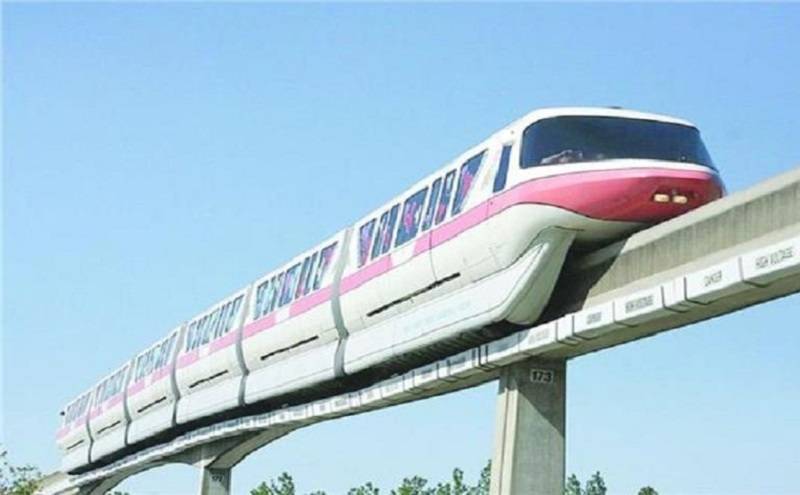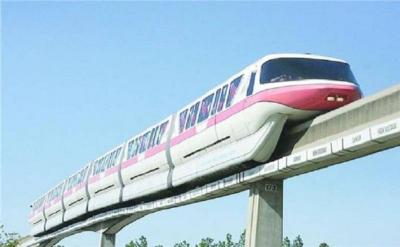The Iraqi government announced today, Thursday, that it has selected the French companies Systra and SNCF, along with Alstom, Talgo, and Sener from Spain, as well as several Turkish construction companies, and Deutsche Bank from Germany, for the design, implementation, and operation of the "Baghdad Metro" project. The plans for the metro project in the Iraqi capital were first laid out in the 1980s but were postponed due to years of war and international sanctions. If executed, this project will be the first of its kind in Iraq. Prime Minister’s advisor, Nasser Al-Asadi, stated that the estimated cost of the project is $18 billion, with completion expected within four years.
Most commuters in Baghdad rely on taxis and buses for transportation, often spending hours traversing short distances due to traffic congestion.
**Seven Main Lines**
The Baghdad Metro consists of a set of lines and a large number of advanced trains that operate automatically and without a driver. The metro lines will pass through aboveground and underground stations, with two tracks for outbound and return travel. The Baghdad Metro project includes seven main lines with a total length exceeding 148 kilometers, sixty-four metro stations, four train workshops and depots, several control and management centers for the metro trains known as Operations Control Centers (OCC), and seven main power stations with a capacity of 250 megawatts for electricity generation.
These trains are equipped with complete camera and internet monitoring systems. Passengers will also have USB ports for charging mobile phones and tablets. The project includes special carriages for women and children, as well as seats for people with disabilities, pregnant women, and the elderly. The figures mentioned in this report are subject to change and negotiation upon obtaining the owner’s approval of the designer's proposals and decisions, along with the results of feasibility studies.
**Passenger Capacity for the Metro**
The capacity will depend on the results of the feasibility study conducted by the investor. The expected number of daily metro passengers is 3,250,000, or approximately three million and a quarter, although the final number will depend on the recommendations from the investor's feasibility study. Each metro train consists of several fully air-conditioned carriages, with total capacity based on the recommendations of the feasibility study. The Baghdad Metro will operate at speeds ranging between 80-100 km/h.
**Trains**
The type of trains used on the rail network will be high-speed trains, with an estimated speed between 80-140 km/h. Features and specifications will be provided through a driverless electric-powered metro system that operates automatically, is air-conditioned, and includes all necessary communication and frequency tools for phones and all safety measures.
**Future Expansion**
Due to the high demand for connectivity in Baghdad, a densely populated capital, the Baghdad Metro will eventually connect with train lines coming from the outskirts of Baghdad and other cities. Branch lines will be added within specific areas of Baghdad.
**Economic Revenues**
Thanks to the speed of the metro, and the time and comfort it provides, along with safety features, its usage is expected to increase significantly. Therefore, selling tickets at an affordable price to hundreds of thousands of passengers daily will yield substantial profits.
**Air Transport and Airport Profits**
There is a line connecting Baghdad International Airport with the rest of Baghdad, and the number of travelers arriving and departing from the airport is expected to increase according to recent statistics. This metro will provide easy and rapid transportation that is highly acceptable both domestically and internationally, increasing the economic income for Baghdad Airport.
**Reduction in State Support for Car Fuel**
One of the advantages of this transport system is that it will reduce the use of cars, alleviate congestion, accidents, and pollution, and yield another economic benefit for the state by decreasing reliance on both private and public vehicles, thus lowering fuel consumption. This will result in enormous economic benefits by reducing the burden on the state’s fuel subsidy for cars.




